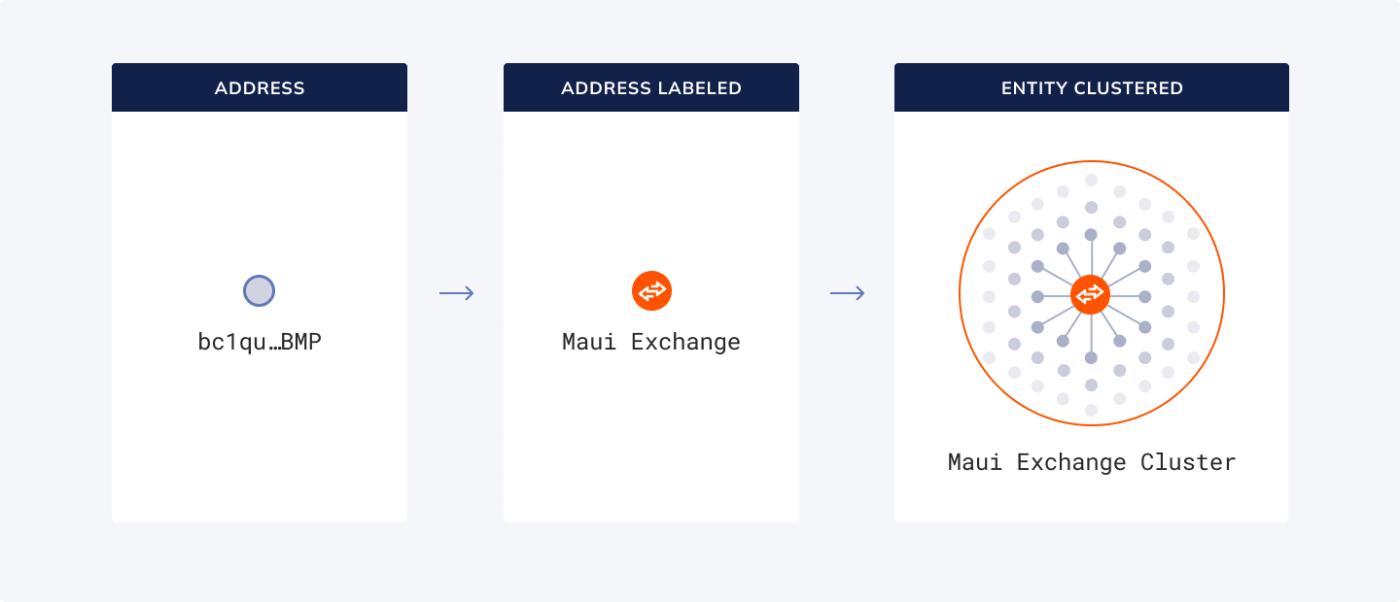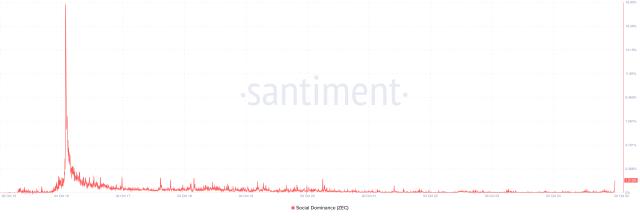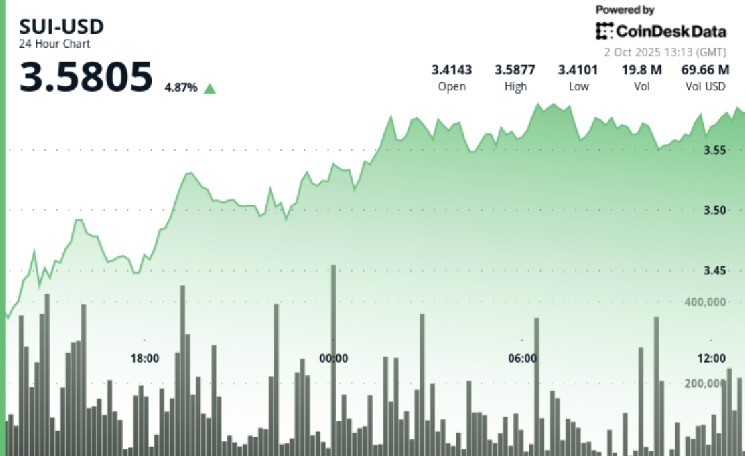Independent academic researchers from TU Delft Netherlands recently published the most granular evaluation to date of blockchain analysis at the 34th USENIX Security Symposium, one of the world’s leading peer-reviewed computer security conferences. For the first time in industry history, a blockchain intelligence vendor was publicly evaluated against a controlled dataset to assess its accuracy and coverage.
A blockchain intelligence solution is only as good as its underlying data, as its accuracy is vital to investigative and compliance needs. Data is the foundation for key actions, including:
- Tracing illicit funds and reliably securing actionable leads
- Reducing risk exposure to businesses and preventing money laundering
- Evaluating data for regulation and policymaking
The authors confirm what our customers already know: Chainalysis data is the most accurate and reliable with the lowest false positive rate and highest coverage.
How the study works
Law enforcement seized the servers of three illicit services, gaining access to the complete source of truth of all crypto addresses controlled by the services. This enabled researchers to compare data vendors.
The paper compared the addresses known to be controlled by the three entities to the addresses Chainalysis attributed to those same entities. In blockchain analytics, entities, such as illicit actors, are commonly represented as clusters, or collections of addresses. Chainalysis regularly attributes entities, then groups together more addresses belonging to the attributed entity in a process we call clustering.

Chainalysis embraces scrutiny
The report was originally designed to evaluate multiple blockchain analysis vendors. However, as the published report discloses, the competing commercial provider chose not to participate.
Rather than resisting independent evaluation, Chainalysis welcomed it. If our analysis is going to be relied on in courtrooms, regulatory hearings, and high-stakes investigations, it must withstand rigorous testing.
Additionally, by opening our data to scrutiny, we can identify the small number of false positives and negatives that do occur, and use those insights to continually refine our heuristics, clustering, and attribution methods.
Proven accuracy
The paper evaluated “commercial blockchain intelligence market leader Chainalysis on three illicit services.” Across the three illicit services tested, our intelligence achieved true positive rates (or completeness of addresses clustered) of up to 94.85% clustered, with false positive rates below 0.15%.
For vendors underperforming against our level of data quality, there are negative real-world consequences:
- Inadvertent tracing through services: High false negatives can result in investigators and analysts tracing through a range of services leading to incorrect conclusions.
- Faulty intelligence and evidence: Inaccurate coverage risks missing critical leads to develop intelligence or secure evidence from compliant entities.
- Damaged credibility: At best, this wastes time and resources. At worst, it undermines the credibility of the entire investigation and risks errors in enforcement efforts.
The authors confirm that Chainalysis provides highly reliable coverage of illicit services. Fewer errors don’t just save time; they protect the integrity of investigations. For instance, if data isn’t accurate, requesting agencies will likely receive irrelevant information from involved exchanges, which consequently would not be regarded as evidence. In short: accuracy doesn’t just make blockchain investigations possible, it makes them credible, defensible, and successful.
Partnership delivers outcomes
The USENIX research reinforces a simple truth: the success of blockchain investigations is determined by the quality of the data behind them. We’ve seen the impact of reliable data used in some of the industry’s largest cases. In the Bitcoin Fog case, the judge ruled that Chainalysis data was “the product of reliable principles and methods” and admissible in U.S. federal court. In the Chowles case, when an NCA officer attempted to steal seized bitcoin, investigators used Chainalysis, in conjunction with other evidence, to follow the funds and prove the theft.
As the USENIX study shows, accurate data and principled transparency are the foundation. But it is in partnership with our customers that those foundations become outcomes.
Looking ahead
Independent evaluation is healthy for our field, and we thank the researchers for their contribution. We will continue engaging with the academic community to test, refine, and validate our work.
Chainalysis is the most established provider in blockchain intelligence with over a decade of experience in the space. This research backs our expertise and data accuracy in a public, verifiable manner.
At Chainalysis, building trust in blockchains is not just a tagline. It’s an ongoing practice — one that backs our rigorous approaches to attributing and clustering, yielding industry-leading data accuracy.
This website contains links to third-party sites that are not under the control of Chainalysis, Inc. or its affiliates (collectively “Chainalysis”). Access to such information does not imply association with, endorsement of, approval of, or recommendation by Chainalysis of the site or its operators, and Chainalysis is not responsible for the products, services, or other content hosted therein.
This material is for informational purposes only, and is not intended to provide legal, tax, financial, or investment advice. Recipients should consult their own advisors before making these types of decisions. Chainalysis has no responsibility or liability for any decision made or any other acts or omissions in connection with Recipient’s use of this material.
Chainalysis does not guarantee or warrant the accuracy, completeness, timeliness, suitability or validity of the information in this paper and will not be responsible for any claim attributable to errors, omissions, or other inaccuracies of any part of such material.
The post Chainalysis Data Stands Alone: Independently Proven Accurate and Reliable appeared first on Chainalysis.








